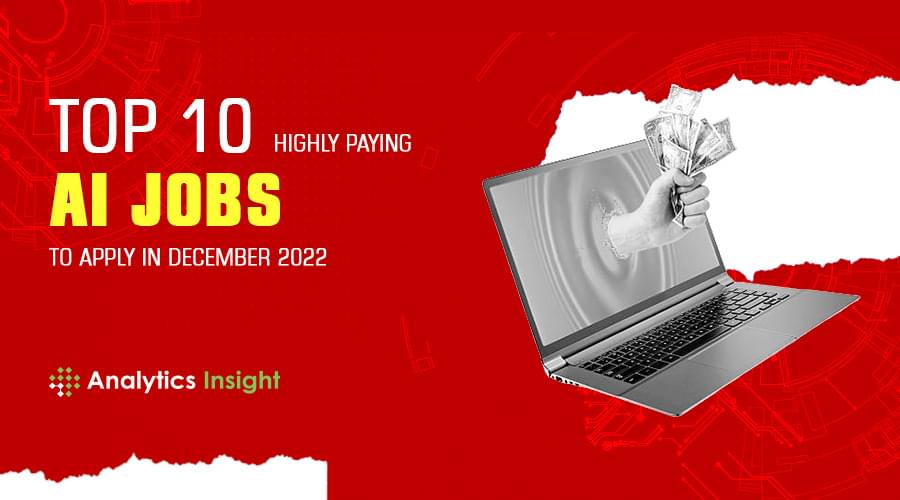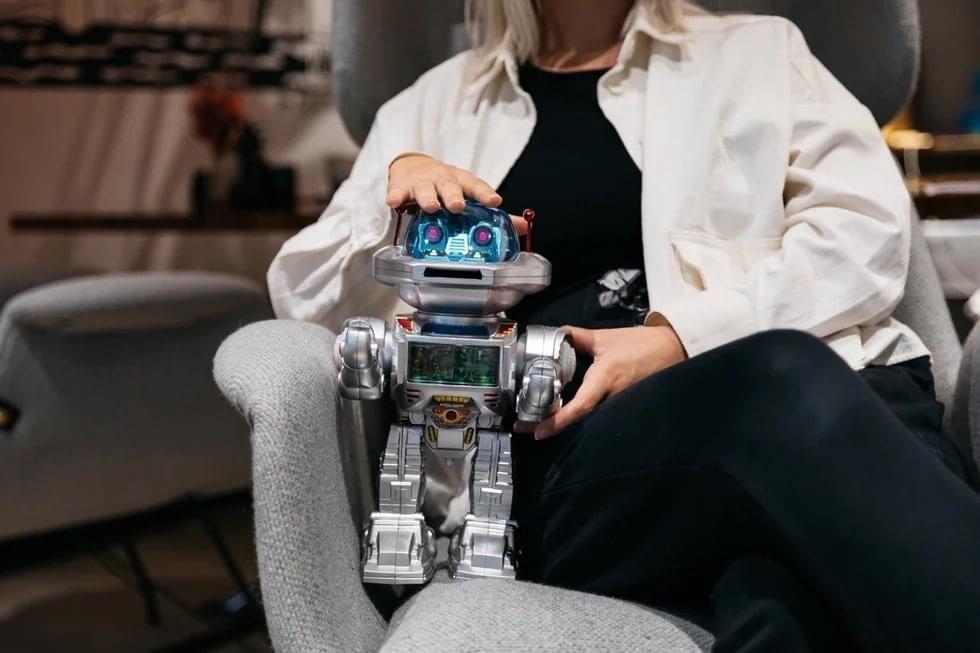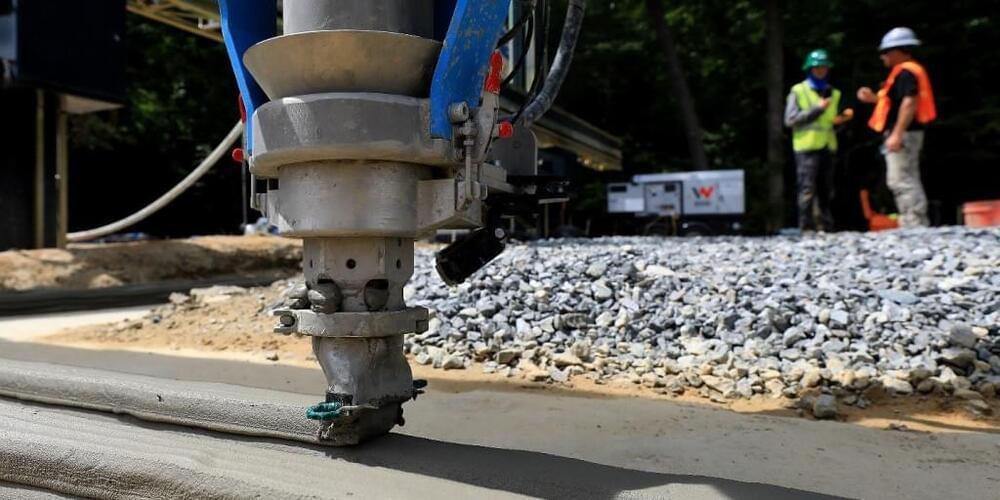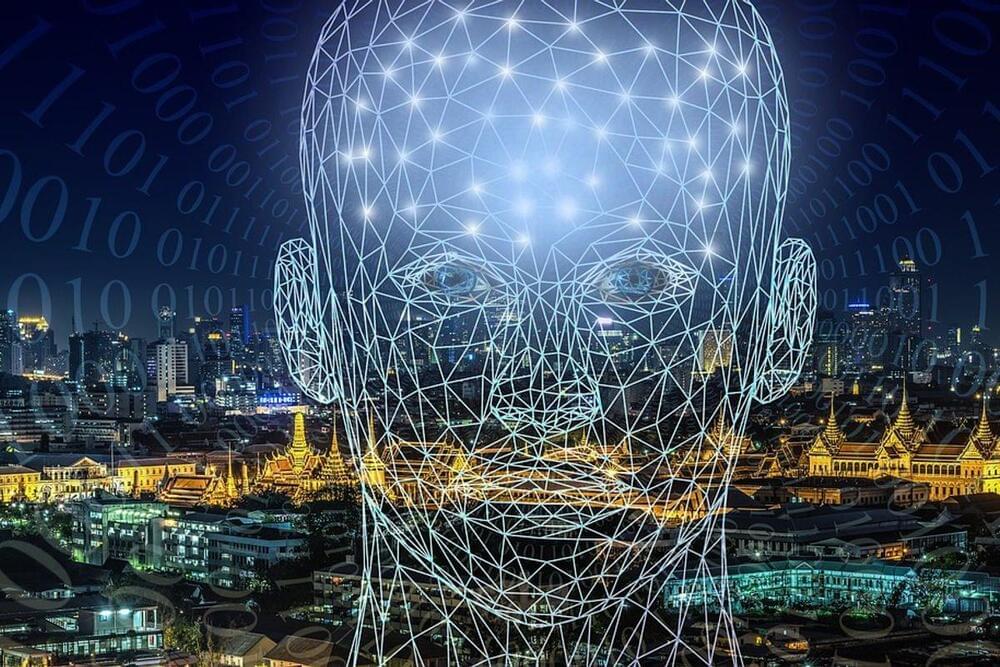If AI is what intrigues you, you need to check out these high-paying AI jobs to apply for your next role.
Artificial Intelligence, AI is undoubtedly the most in-demand and sought-after technology. The increasing popularity of AI has definitely turned the world upside down and for the better. The high paying AI jobs are definitely a reason that people are so fascinated by them. The article lists top 10 highly paying AI jobs to apply for in December 2022. These are the exact AI jobs to apply for a whooping salary.
Data Scientist



